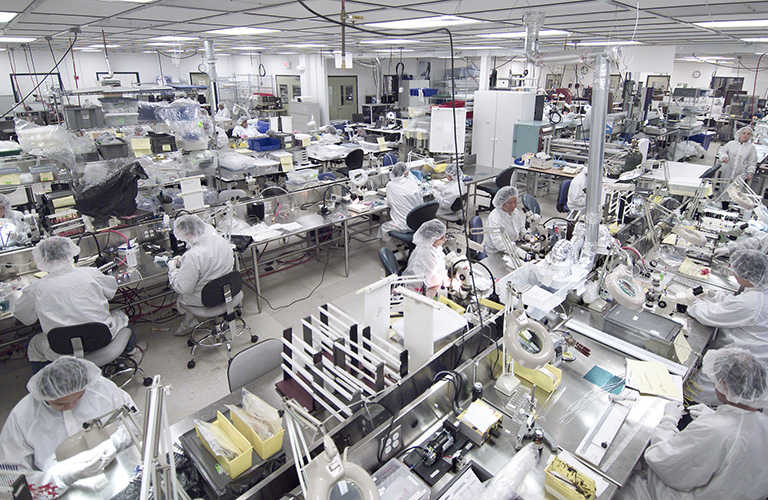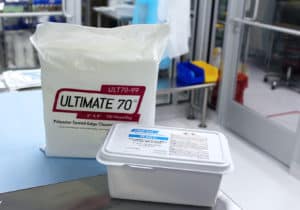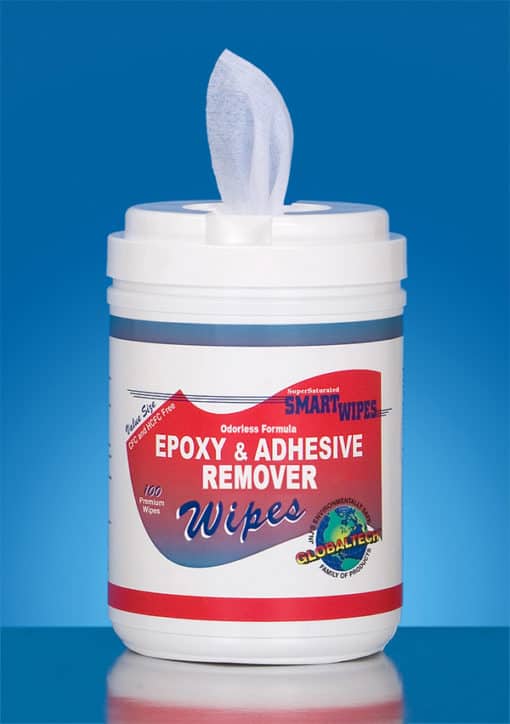Cleanroom News, General Topics
Reduce Cleanroom Contamination by Using High-Quality Wipes
Medical, scientific, and manufacturing environments can all be vulnerable to contamination, and so it’s important that everyone involved understands how to keep the possibility of contamination to a minimum.
Let’s take a look at what a cleanroom is and why cleanroom wipes are vital to maintaining the necessary cleanliness levels.
What is a cleanroom?
Cleanrooms are typically used for scientific research or manufacturing and have a controlled level of contamination. This contamination may include dust, skin particles, chemical fumes, airborne microbes, fungi, viruses, pollen, mold, metals, fibers, and aerosol particles. The acceptable number of pollutants is specified by the number of particles in each cubic meter at a specific particle size.
Cleanrooms are vital in industries where even the smallest particles can adversely affect the work, such as in medical settings and electronics manufacture. To avoid putting patients and valuable products at risk, cleanroom workers must identify the source(s) of pollutant fibers, remove or remedy that source and increase overall process control, including vigilance.
Even seemingly innocuous inconsistencies during a high-turnaround manufacturing process can quickly result in market failures. Poor manufacturing control is often not noticed until customers and clients have ordered products, after which a manufacturing company’s reputation can plummet. Without the right cleanroom processes, a business could face returns, warranty claims, sales forfeitures, and general brand erosion. It’s incredibly important to ensure your staff understand the necessary standards.
What sources of contamination could compromise a cleanroom?
The most common sources of cleanroom contamination include:
- biological contamination such as the bacteria, fungi, and viruses carried by people, fluids, objects, and equipment
- physical contamination such as fibers, particulates, and process materials
- chemical contamination such as gasses, vapor, molecules and moisture
What should you do to prevent cleanroom contamination?
The most effective way to prevent a cleanroom from becoming contaminated is to use approved cleaning supplies, including high quality cleanroom wipes. Using the correct wipes are essential because they are designed to minimize contamination, especially in leaving behind residue fibers, which is a common issue with low quality wipes.
Cleanroom wipes must fulfill industrial and regulatory requirements regarding physical, chemical, and biological compatibility. Wipe fabrics undergo a thorough examination, simulating manufacturing in real life. In medical, manufacturing, and high-tech environments, certain elements of these wipes have unique consequences. The wipes’ particle count stretch and strength, retention and absorbency, chemical compatibility, task efficiency, and biological compatibility are all assessed before being approved.
Cleanroom wipe assessment and validation helps manufacturers choose the best process materials, improving company performance. This process is especially important when a manufacturer is producing human-sensitive products, mixing sterile drugs, or analyzing electronics devices. There are four classes of cleanroom wipe:
- Class 10 / ISO Class 4: These wipes are suitable for semiconductor and isolator applications, are often made with polyester, and have sealed edges.
- Class 100 / ISO Class 5: These wipes are suitable for semiconductor and aseptic filling areas, are made from synthetic materials, and have sealed edges.
- Class 1000 / ISO Class 6: These wipes are suitable for pharmaceutical applications, are made with polycellulose blends, and have cut edges.
- Class 10000 / ISO Class 7: These wipes are suitable for medical device manufacturing environments, are often made with cotton, foam, or composites, and have cut edges.
The material of cleanroom wipe should also be selected correctly for the use. Not all materials will offer the right level of cleanliness and decontamination, depending on what is being cleaned. For example, synthetic wipes should not be used when cleaning organic solvents, because they often dissolve when interacting with these solvents.
All staff should be aware of which class of wipe is suitable for their work, and that using non-approved wipes and cleaning materials is not appropriate. To protect against contamination effectively, staff should rest tools on a cleanroom wipe rather than directly on countertops and workspaces whenever possible. All new non-packaged equipment entering the cleanroom should be thoroughly cleaned with a 70% alcohol solution before entering the room.
For more information or for help selecting the proper wiping product, please contact us.




